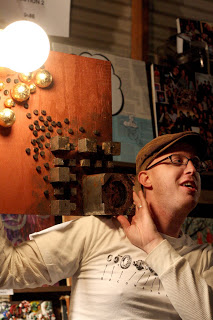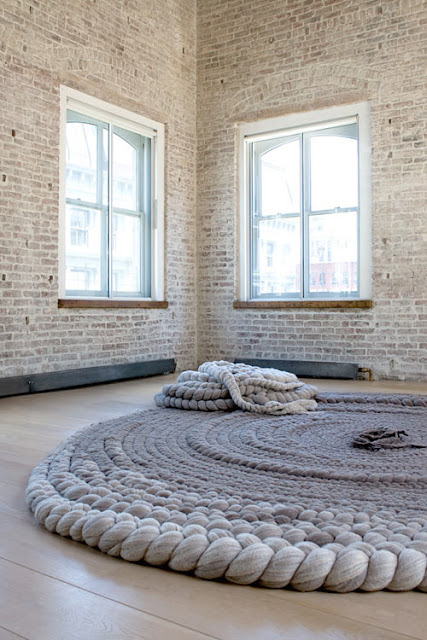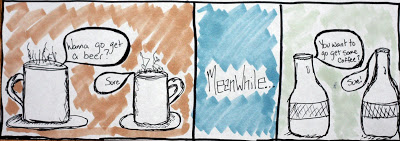Creative Moxie: How did you get into photography?
Meriol Lehmann: I bought my first reflex camera, a Yashica FX-3 at age 12. At that time, I was really into nature photography and started doing B&W darkroom printing a few years later. Around 20, I stopped doing photos to dedicate myself to music and also because I started to find my photographic work boring. I got back to photography six years ago with digital and it’s been evolving since then. I’m much more concerned about my artistic work since maybe two years ago.
CM: What is the main gear you use?
ML: I use a Nikon D300 and a few prime lens, mainly a 28mm and a 50mm. For post-prod, I use Lightroom 3 but I’ve been using Aperture since version 1 until 3 months ago, when I switched. I’m also a huge fan of Silver Efex Pro 2, which I use for all my B&W conversions and I have the other Nik plugins as well.
CM: How much post-work do you do on the photos?
ML: I do a lot of post-prod work : balancing tones, contrast, converting to B&W with Silver Efex, etc. Personally, I think the post-prod work allows my photos to feel nearer the emotions I got when I take them than if they were unedited. I’m definitely not on the documentary side… 🙂
CM: Biggest challenge with being a photographer?
ML: Translating the emotions. Photo is all about emotion. I’m working hard to connect to my feelings and to avoid getting stuck by technical matters. Also, it’s important to find my own voice and not to do what other people think photo should be.
1983 from Meriol Lehmann on Vimeo.
CM: Do you approach your video work differently from your still work of photography?
ML: I see my video work not as video, but as picture in motion. So for me, it’s in the same league as photography. It’s like a moving still. You look at it and it seems there’s no movement. But after 30 seconds, you take a second look and you just realize the picture changed. My work 1983 is a great example of that. I started working with hundreds of stills and custom software programming I did within MaxMSP to try to bring my photographic work elsewhere. I’m really fascinated by the impact of memories on our perception of time and territory and that’s what I’m trying to work on with my video. Usually, when you bring photography to video, it’s all about speeding time, like time-lapse. But I’m not interested in that. What I’m interested in is the opposite: slowing and superposing time.
CM: Have any advice for other photographers?
ML: Find your own voice. And listen to your emotions.
CM: Anything you would like to add?
ML: Yes. Study the masters. Recently, I spent a lot of time studying people like Ed Burtynsky, Raymond Depardon, the New Topographics movement, Bernd and Hilla Becher and the whole Dusseldorf School and it definitely helped me a lot about my own work. It seems like to find your own path, it’s easier if you read about other people’s paths. And I find a lot of inspiration looking around photo websites. Flickr was very interesting at some point and now, I’ve discovered great work on 500px, people like Joel Tjintjelaar or Jeff Gaydash.
Learn more about Meriol
–Website
–Behance portfolio
–Photo portfolio
—————————————————
Check out past Creative Series:
+Muthari Insani : Illustrator
+Juan Leguizamon : Designer
+Sarah Hennessey : Illustrator
+Danielle Gundry-Monji : Illustrator
+RightBrainy : Crafter
+Laura Di Francesco : Illustrator
+Ryan R Thompson : Designer
+Delia Jalomo : Illustrator
+Cory Graves : Musician
+Anthony Williams : Social Media











